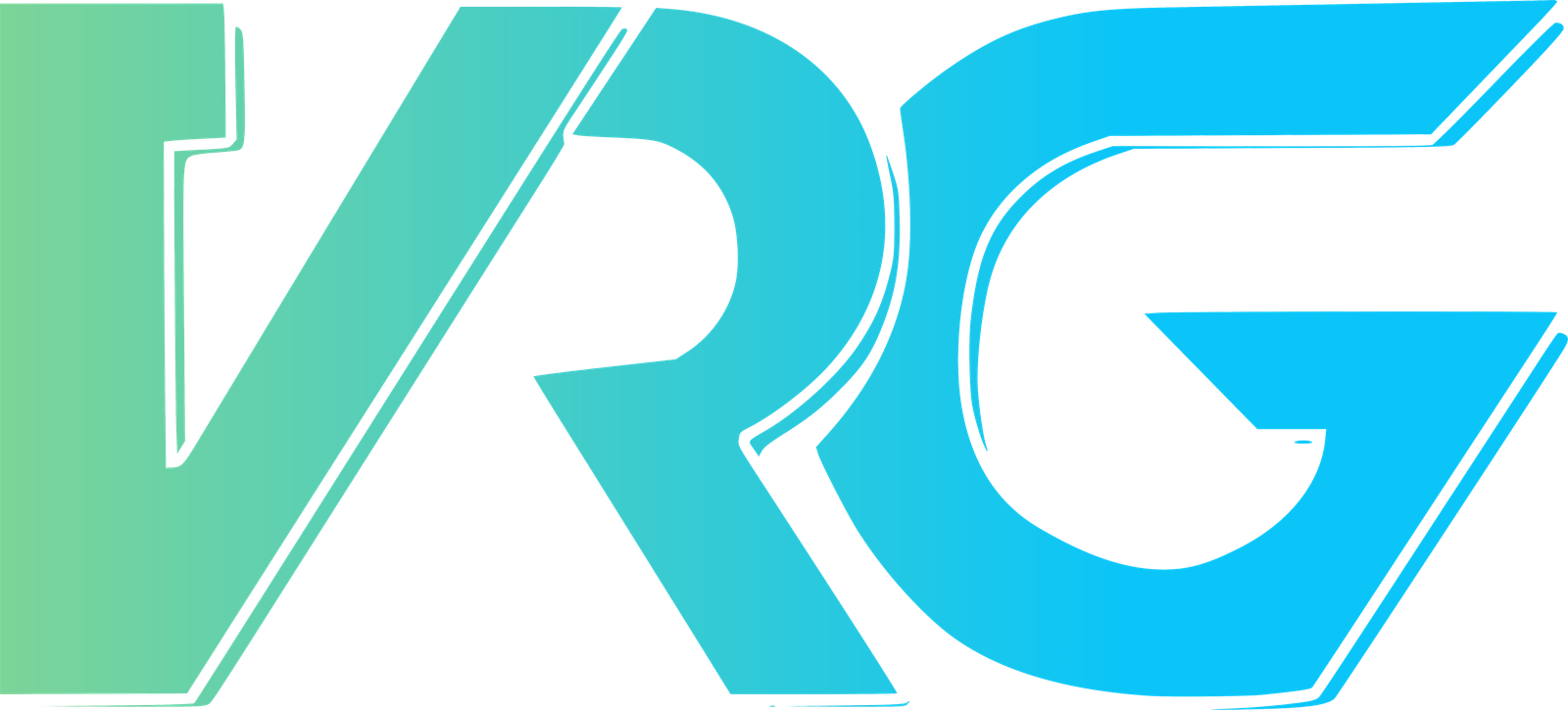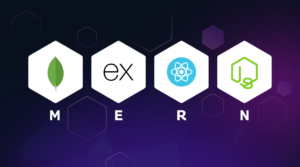In the world of full-stack web development, the MERN stack has become a go-to solution for developers building modern web applications. MERN, an acronym for MongoDB, Express.js, React.js, and Node.js, offers a complete suite of technologies that streamline both front-end and back-end development. This stack is particularly popular for creating dynamic, high-performance web applications, thanks to its unified language—JavaScript—and its powerful ecosystem of tools.
In this blog, we’ll break down each component of the MERN stack, explore its benefits, and explain why it’s the preferred choice for many developers today.
What Is the MERN Stack?
The MERN stack is a JavaScript-based technology stack used for full-stack web development. It comprises four main components:
-
MongoDB – A NoSQL database that stores data in a flexible, JSON-like format, making it ideal for handling large volumes of unstructured data.
-
Express.js – A back-end web application framework for Node.js that simplifies the process of building server-side applications.
-
React.js – A popular JavaScript library for building interactive and responsive user interfaces.
-
Node.js – A runtime environment that allows developers to run JavaScript on the server, enabling full-stack development using a single language.
These technologies work together to provide developers with a powerful and flexible framework for creating scalable, data-driven web applications.
The Components of the MERN Stack
-
MongoDB: NoSQL Database for Flexibility
MongoDB is a NoSQL, document-oriented database that stores data in a JSON-like format, allowing for more flexibility in how data is structured. This makes it perfect for applications that require dynamic or unstructured data, as developers can easily modify the database schema without major changes to the codebase.
-
Benefits of MongoDB:
-
Scalability: MongoDB is designed to scale horizontally, meaning it can handle large volumes of data as the application grows.
-
Flexibility: Since MongoDB uses a schema-less model, developers can store and retrieve data in a more flexible manner, ideal for evolving applications.
-
JSON Data Model: MongoDB’s use of JSON (BSON) allows for a seamless connection with JavaScript, making it a natural fit for the MERN stack.
-
-
Express.js: Simplifying Server-Side Logic
Express.js is a minimalistic web framework for Node.js that simplifies the process of building back-end applications. It provides a set of robust features to build web and mobile applications and handles all HTTP requests, routing, and middleware functions, which makes it the backbone of the server-side logic in the MERN stack.
-
Benefits of Express.js:
-
Lightweight: Express.js is minimalistic, reducing the complexity of managing server-side logic.
-
Middleware Support: Express.js comes with built-in middleware to handle requests, cookies, and other server-side tasks, streamlining back-end development.
-
Flexibility: It allows developers to create custom routes and APIs, and is highly customizable for the specific needs of the application.
-
-
React.js: Building Interactive User Interfaces
React.js, developed by Facebook, is a powerful JavaScript library used to build dynamic and interactive user interfaces (UIs). It focuses on creating reusable UI components, allowing developers to build complex applications with smoother and faster user experiences. React uses a virtual DOM to optimize updates and rendering, ensuring high performance, even for large applications.
-
Benefits of React.js:
-
Component-Based Architecture: React promotes code reuse by building UIs out of reusable components, improving development efficiency.
-
Fast Rendering: The virtual DOM ensures that only the necessary parts of the user interface are re-rendered, leading to better performance.
-
Strong Community Support: With a large developer community and rich ecosystem of libraries, React offers extensive resources for problem-solving and extending functionality.
-
-
Node.js: JavaScript on the Server-Side
Node.js is a JavaScript runtime that allows developers to run JavaScript code on the server, enabling full-stack JavaScript development. Node.js is known for its event-driven, non-blocking architecture, which makes it efficient and scalable, especially for handling real-time applications and I/O-heavy operations.
-
Benefits of Node.js:
-
Full-Stack JavaScript: Developers can use a single language (JavaScript) for both client-side and server-side development, simplifying the codebase.
-
Asynchronous Processing: Node.js’s non-blocking architecture allows for handling multiple requests simultaneously, improving performance in real-time applications.
-
Scalability: Node.js is lightweight and can easily scale horizontally across distributed environments.
-
Why Is the MERN Stack So Popular?
The MERN stack has gained significant traction in the web development community for several key reasons:
-
Unified Language (JavaScript):
One of the biggest advantages of the MERN stack is that it’s completely built on JavaScript. Since both front-end and back-end development use the same language, developers can work across the entire stack without needing to switch between different programming languages. This results in faster development and easier collaboration within teams.
-
Full-Stack Flexibility:
MERN allows developers to create entire web applications—front-end, back-end, and database—using just one cohesive stack. This simplifies project management, reduces the complexity of handling multiple technologies, and ensures smooth communication between different parts of the application.
-
Open-Source Ecosystem:
All components of the MERN stack—MongoDB, Express.js, React.js, and Node.js—are open-source, meaning they are freely available and have large communities of contributors. This results in continuous improvements, regular updates, and a vast array of third-party tools and resources that developers can leverage.
-
Scalability and Performance:
Each component of the MERN stack is designed with scalability and performance in mind. MongoDB can handle large datasets, Node.js can process many concurrent requests, and React ensures fast user interactions through its efficient rendering mechanism. This makes the MERN stack well-suited for modern, data-intensive applications that need to scale over time.
-
Active Community and Support:
The MERN stack has a vibrant and active community, meaning developers can easily find support, tutorials, and libraries to enhance their applications. Whether you’re troubleshooting an issue with MongoDB or looking for new ways to optimize React, you’ll find plenty of resources.
Benefits of Using the MERN Stack
-
Rapid Development:
The MERN stack’s unified JavaScript environment allows developers to move quickly through the development process, speeding up both front-end and back-end development.
-
Rich User Interfaces:
With React.js at the core, the MERN stack offers developers the tools to build highly interactive and dynamic user interfaces that provide seamless user experiences.
-
End-to-End Development:
The MERN stack covers everything from the front-end (React.js) to the back-end (Node.js and Express.js) and the database (MongoDB), offering a complete end-to-end solution for developers looking to build full-stack applications.
-
Cost-Efficiency:
Since all components of the MERN stack are open-source, businesses can save on licensing fees. Furthermore, the ability to use a single language across the stack simplifies hiring and development, reducing overall project costs.
-
Real-Time Web Applications:
With Node.js’s ability to handle asynchronous processing and real-time data updates, the MERN stack is particularly effective for building real-time applications like chat apps, online games, and live streaming platforms.


 FAQs
FAQs

